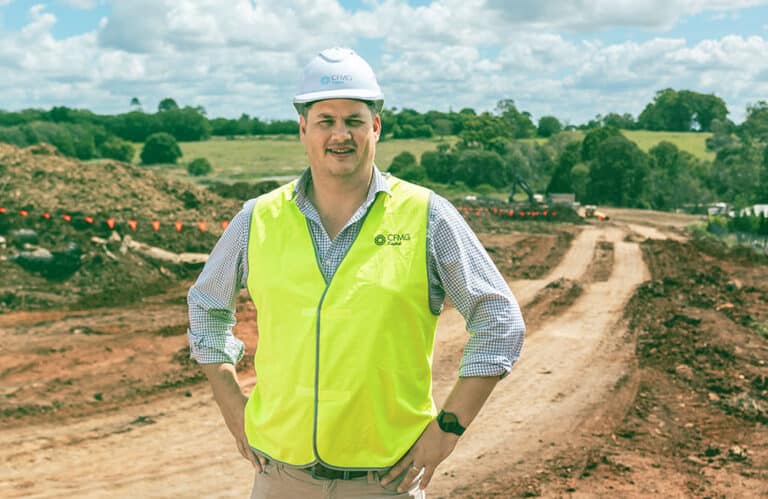
The rapid growth of the private credit market in Australia, and around the world, has attracted a lot of attention from the media and financial commentators in recent months as increasing number of investors add the asset class to their portfolio.
As the sector has grown and attracted a wider variety of retail and self-directed (including SMSF) investors, there has been a much greater focus on how private credit fund managers structure their operations to protect the interests of investors.
At CFMG Capital we launched our first credit fund in 2016 and have to date raised $163 million of investor capital across a suite of different private credit funds and returned $52.8 million back to investors. We are very proud of our record of returning 100% of investor capital and achieving the targeted return 100% of the time upon completion of the investment term.
One thing we have learnt over this time is that not all private credit is created equal, and it is important for investors to understand how the structure of each investment impacts the risks associated with it.
One of the reasons CFMG Capital has been so successful is the unique structure of our business and the high level of ‘look-through’ transparency this gives us to the underlying investment. Before addressing some of the things that make CFMG Capital different, it is worth providing a quick review of what private credit is.
What is private credit?
Broadly speaking, private credit (sometimes referred to as private debt) is non-bank lending provided by institutional investors, such as private equity firms, hedge funds, and asset managers, to companies that seek capital outside of traditional banking channels.
Initially, the sector developed as a lending solution for middle-market companies deemed too risky or large for commercial banks and too small for public markets but today it is used across a wide variety of sectors. This market has grown significantly since the 2008 financial crisis, as regulatory changes restricted bank lending, creating opportunities for private investors to fill the gap.
Much of the growth of the private credit market in Australia has been driven by the real estate sector with about 16%[1] ($75 billion) of the country’s $447 billion in commercial real estate credit, tied to private credit.
Transparency is the key
All private credit funds have a manager, or Responsible Entity (RE), that manages the day-to-day activities of the fund, including identifying, assessing and managing investment opportunities.
Most funds will source investment opportunities from unrelated parties. In the property sector, this means third-party, independent property developers who need money to progress their developments.
In our view, this approach creates significant governance issues in assessing the quality of the underlying investment or development project. As the lender, you are overly reliant on the information and modelling provided by the borrower (the property developer) which creates risk.
CFMG Capital funds only invest in developments being undertaken by our development arm, CFMG Residential Communities. This gives us much greater transparency in assessing the selection criteria used to assess each development opportunity.
As a property developer, we also have the experience to understand the real risks associated with each project and the assumptions being made around approvals, sales progress and development costs. Being the developer also means we have much greater capacity to identify and rectify project risks during the term of the investment.
From an origination perspective, it also means we can be nimble in our approach when considering all opportunities and are not reliant on large master-planned communities to under-write the business.
Provided a site ticks the boxes of our investment criteria, we are able to move quickly and confidently regardless of whether it is a small 10 lot infill sub-division or a 1,000-lot community in an urban growth corridor. As a result, our size and structure allow us to consider deals across the development spectrum rather than a narrow focus adopted by larger (or smaller) scale developers.
[1] https://www.commercialrealestate.com.au/news/eyes-wide-open-how-to-ride-the-private-credit-boom-1293230/





























